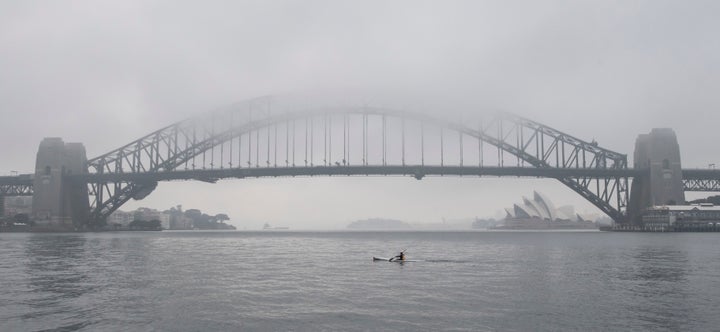
Scientists are investigating the possibility of creating indestructible bridges inspired by natural structures, according to a paper published by the Royal Society.
Wanda Lewis, emeritus professor at the University of Warwick, has developed modelling that introduces natural design principles into simulations of real-world constructions.
The process is called “form-finding” and provides the theory for the creation of structures which have a natural form with no bending stresses, the main points of weakness in artificial structures.
It is a potentially revolutionary technique that could for the first time lead to the construction of bridges and buildings that can withstand any load.
Structures built using Lewis’s theory would be safer and more durable, and wouldn’t require repairs or restructuring.
The engineer’s models can be illustrated using, among other objects, pieces of fabric and chains. By suspending, for example, a piece of fabric and allowing it to relax into its natural shape, freezing that shape into a rigid object and then inverting that object, Lewis can find its coordinates and use them to produce an extremely strong shape.

For centuries, scientists have disagreed over how to create the perfect arch. In the 17th century, Robert Hook suggested that the arches of bridges should resemble the line of an upside down chain line. The inverted parabola has also been proposed in classical theory. But neither shapes can withstand heavy loads without weakening.
Lewis’s model represents a third way. She said: “Aesthetics is an important aspect of any design, and we have been programmed to view some shapes, such as circular arches or spherical domes, as aesthetic. We often build them regardless of the fact that they generate complex stresses, and are, therefore, structurally inefficient.”
Lewis has been studying forms and shapes in nature for 25 years. Her research sheds light on how simple stress patterns in natural objects such as leaves and shells can withstand significant forces.
This research has been published in the Proceedings of the Royal Society A.
